Building A Killer Partner Product
Thinking of your partner program as a product helps you build a program that partners love. Here's how.
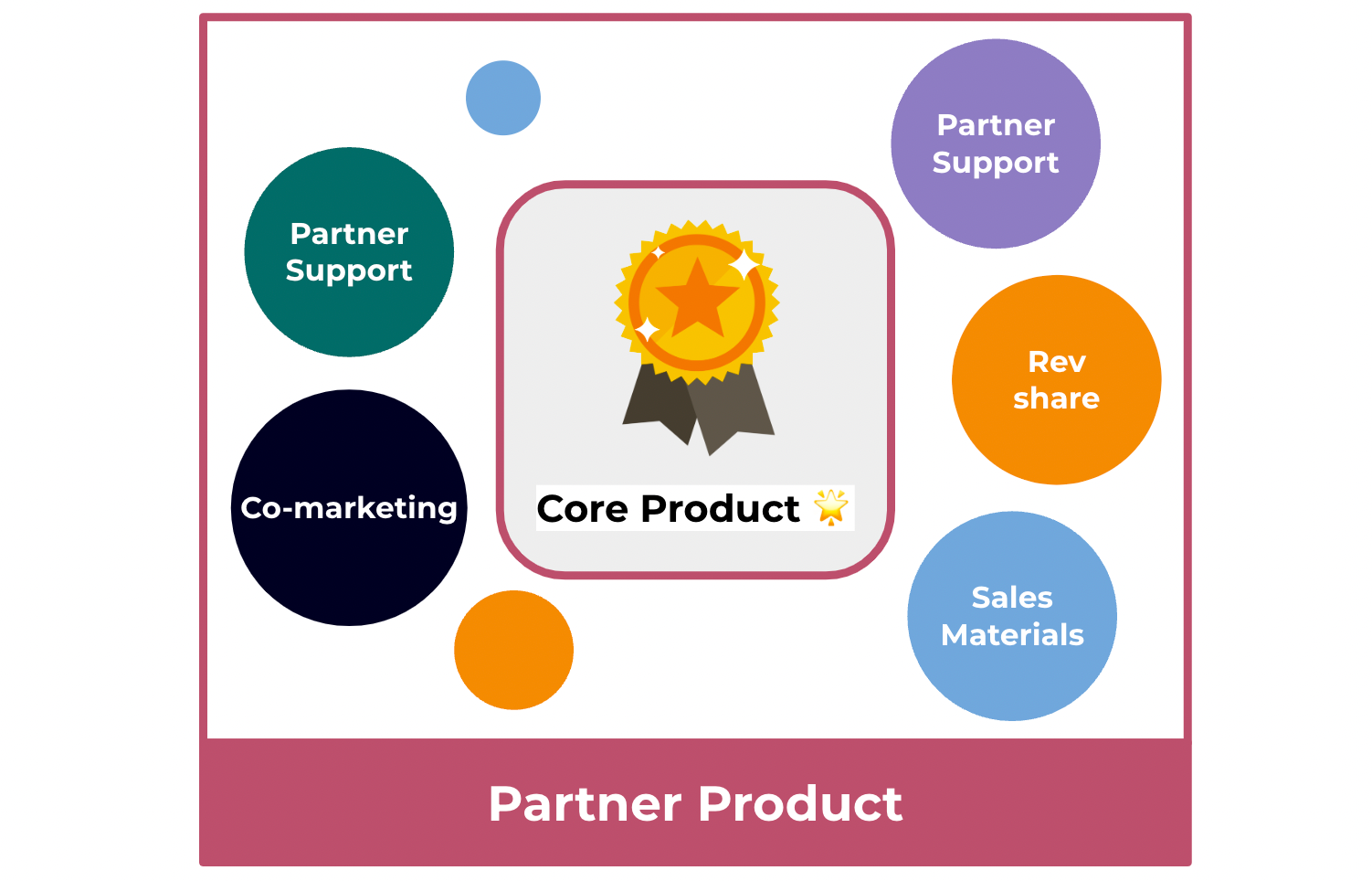
Summary
Building a partner program is not too dissimilar from building a product. You conceptualise the product, acquire partners (sales), activate partners (success), run marketing campaigns (marketing), help partners (support), and more.
Thinking of your partner program as a product helps you build a program that partners love and that's successful in the long run.
Here's what we cover
Why a (Partner) Product?
"But wait, don't you mean a great program??"
A great partner program is, in fact, a great product.
It's a product that solves its customer's (partner's) pain points while helping drive your company goals. And like any product, a partner product needs a great team to run it and supporting functions to help it shine.
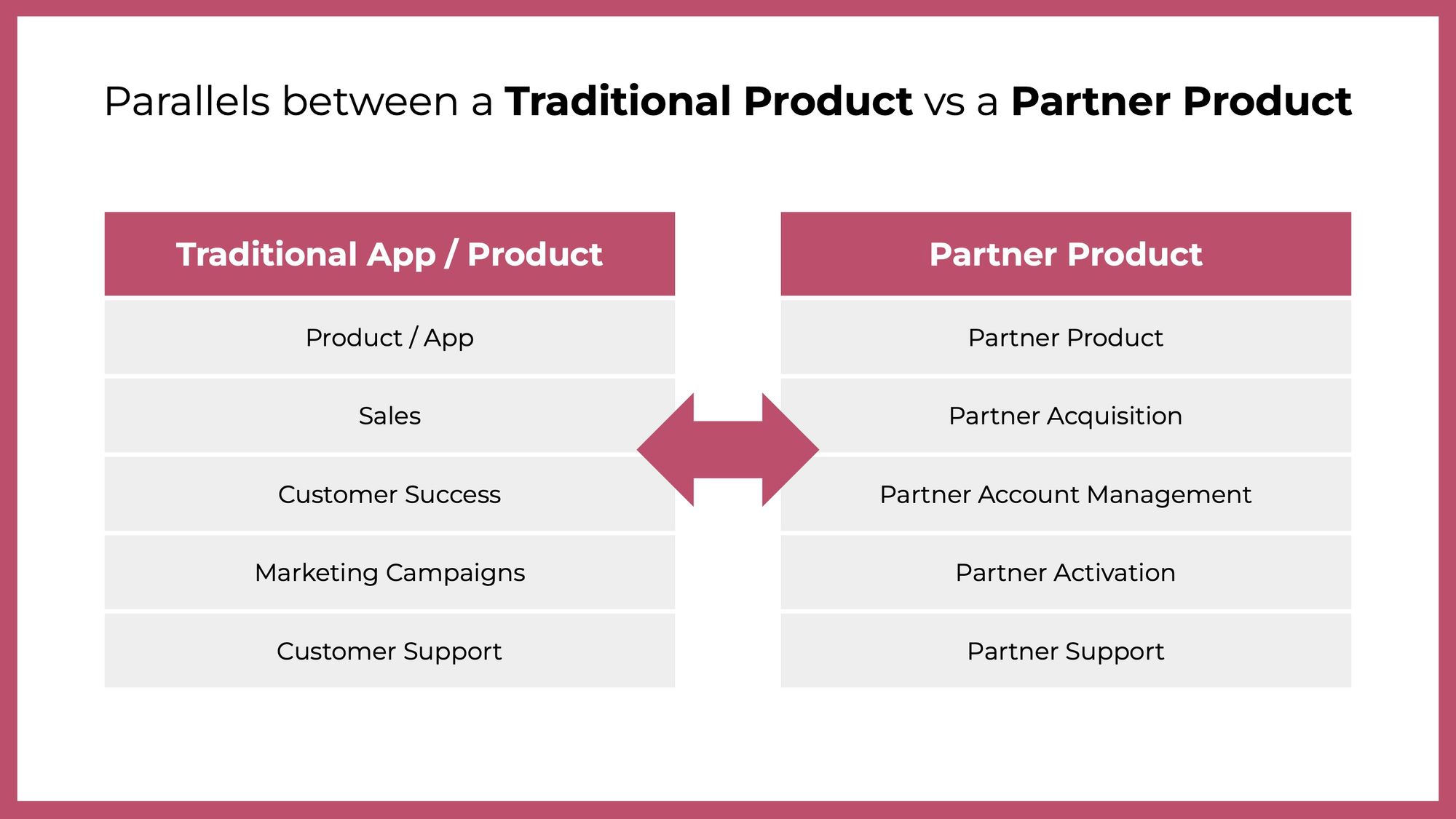
Most businesses start a partner program without internalising the approach that goes into successful programs. This results in subpar experiences for partners and poor outcomes for the team managing them
So, let's establish this - you're building a product and not a program.
This mindset will help you:
- Build your minimum viable partner product
- Iterate as you go, and always improve
- Scale by thinking about growth loops and segmenting your partner program
Building a Minimum Viable Partner Product
Now let's get started building your Minimum Viable Partner Product (MVPP).
The star of your partner product is your core product (or app, or whatever you call it). For the Apple Developer Program the core product is iOS and the iPhone. For the Shopify Partner Program it's Shopify.
Now that we’ve established the star of your partner product, let’s talk about the supporting cast. The supporting cast is the resources that your partners need to be successful.
Partner discovery is essential here – speak to your prospective partners to discover what they need to be successful. Once you have a list, start with the essential features and add the “nice-to-haves” over time.
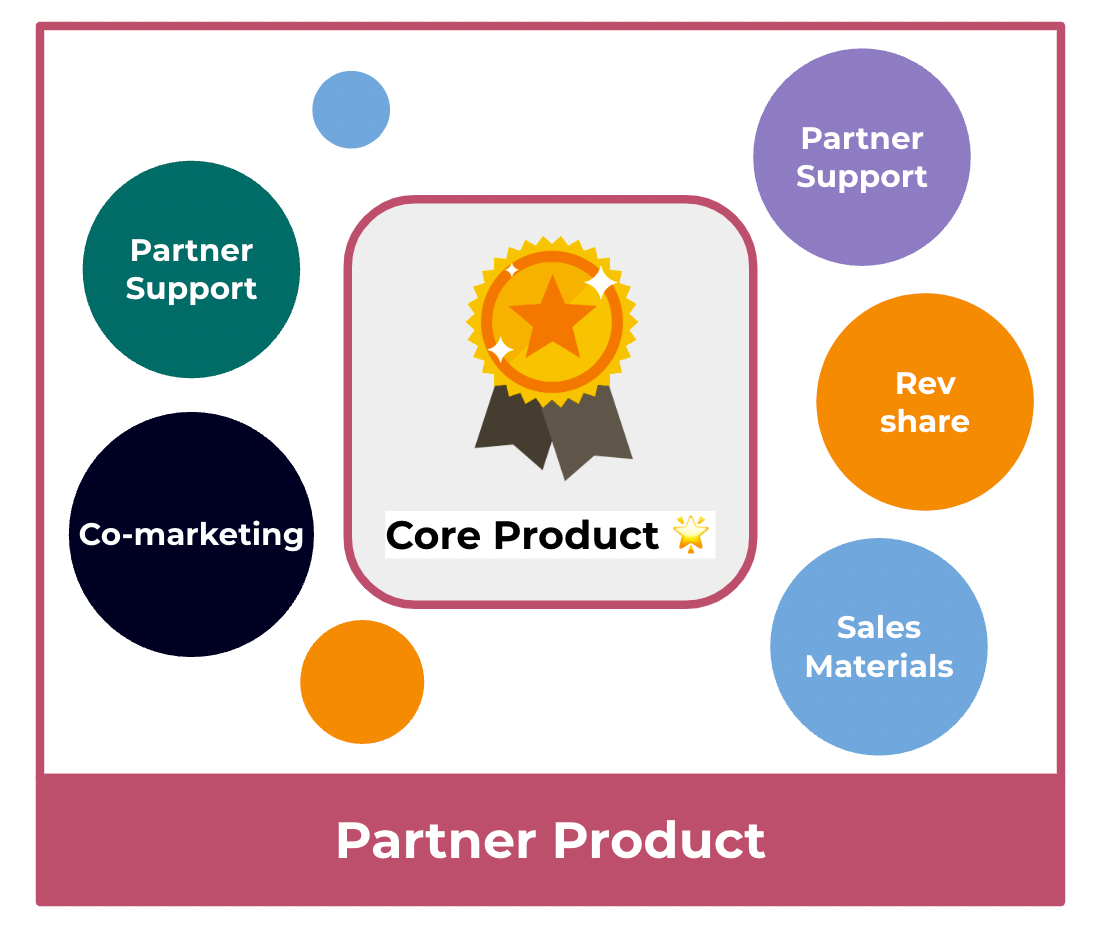
Here is what V1 of your partner product may look like:
- Your core product 🌟
- Partner training and onboarding
- Sales materials
- Partner Support / Slack channels
- Partner QBRs or weekly catchups
- Partner discovery (AppStore homepage, partner directory, etc.)
- Partner APIs for integrated partners and app stores
Partner Flywheels
The best partner programs are built with flywheels (or growth loops) that help them scale.
There are a couple of loops to consider:
- As you grow your base of partners, they will promote themselves and drive new customers over time
- As partners drive new customers, this growing captive audience will incentivise new partners to join the program
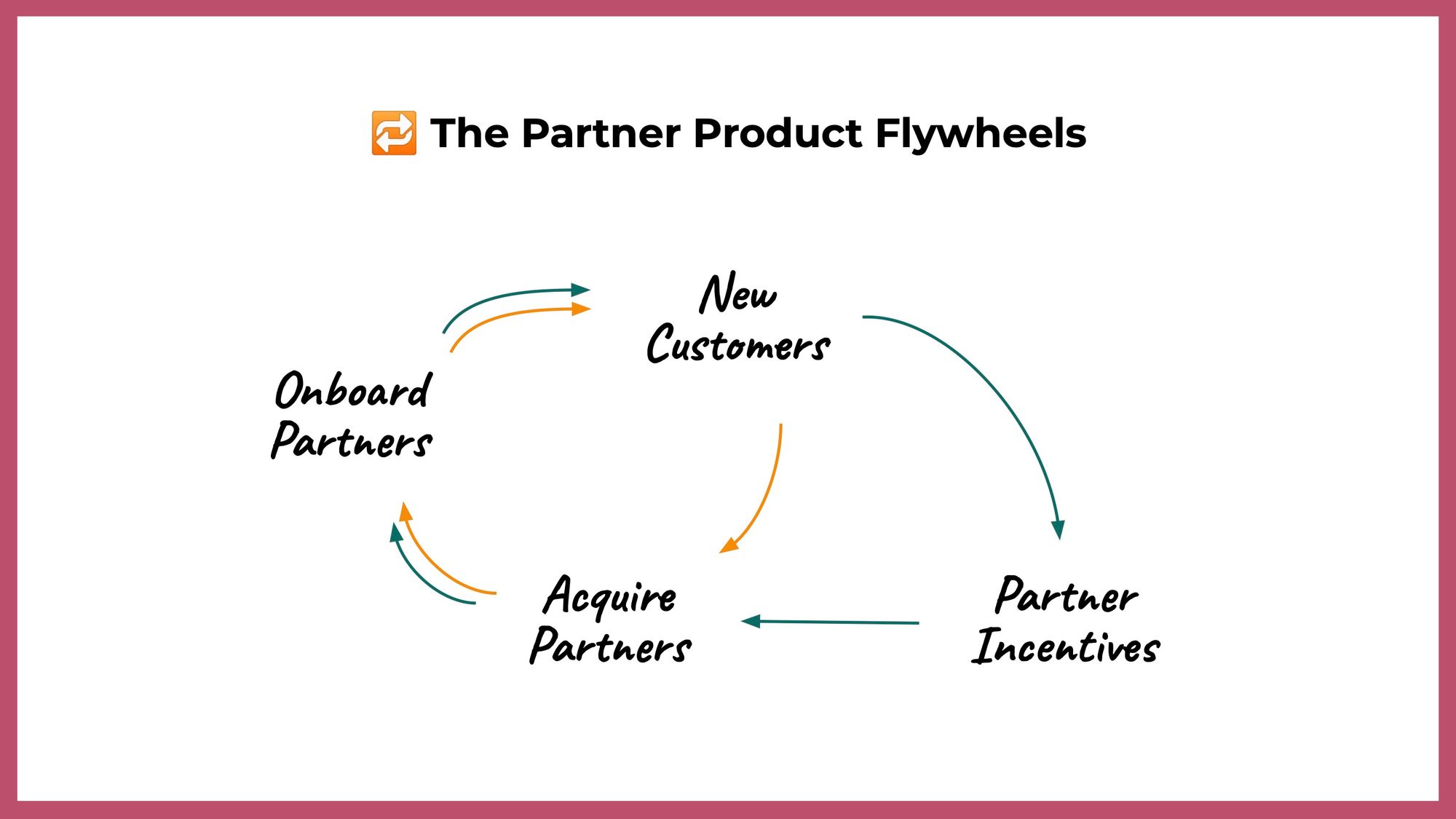
Iterating Your Partner Product
As a living, breathing, product your partner product will need iterating as you go. An iterative mindset lets you respond to feedback and build a robust program over time.
Beyond listening to your partners, you will need to prioritise changes based on what drives the most value. Keep a feature backlog and simple product framework to prioritise new features.
To iterate:
- Be open-minded to (and record) partner feedback
- Seek structured feedback from partners on a monthly or quarterly basis
- Create a feature backlog that you can refer to and revisit
Segmenting Partners
As your program grows it starts becoming difficult to cater to all your partners with a single partner product.
Partners will have unique needs, and making them all fit a "square hole" will lead to a poor experience. You also miss out on the upside of not helping your fastest growing partners grow faster.
In some cases you might consider 2 partner products, each catering to the needs of 2 sets of partners. For example you would want to invest in APIs (amongst other technical resources) for tech partners that your reseller partners don't really need.
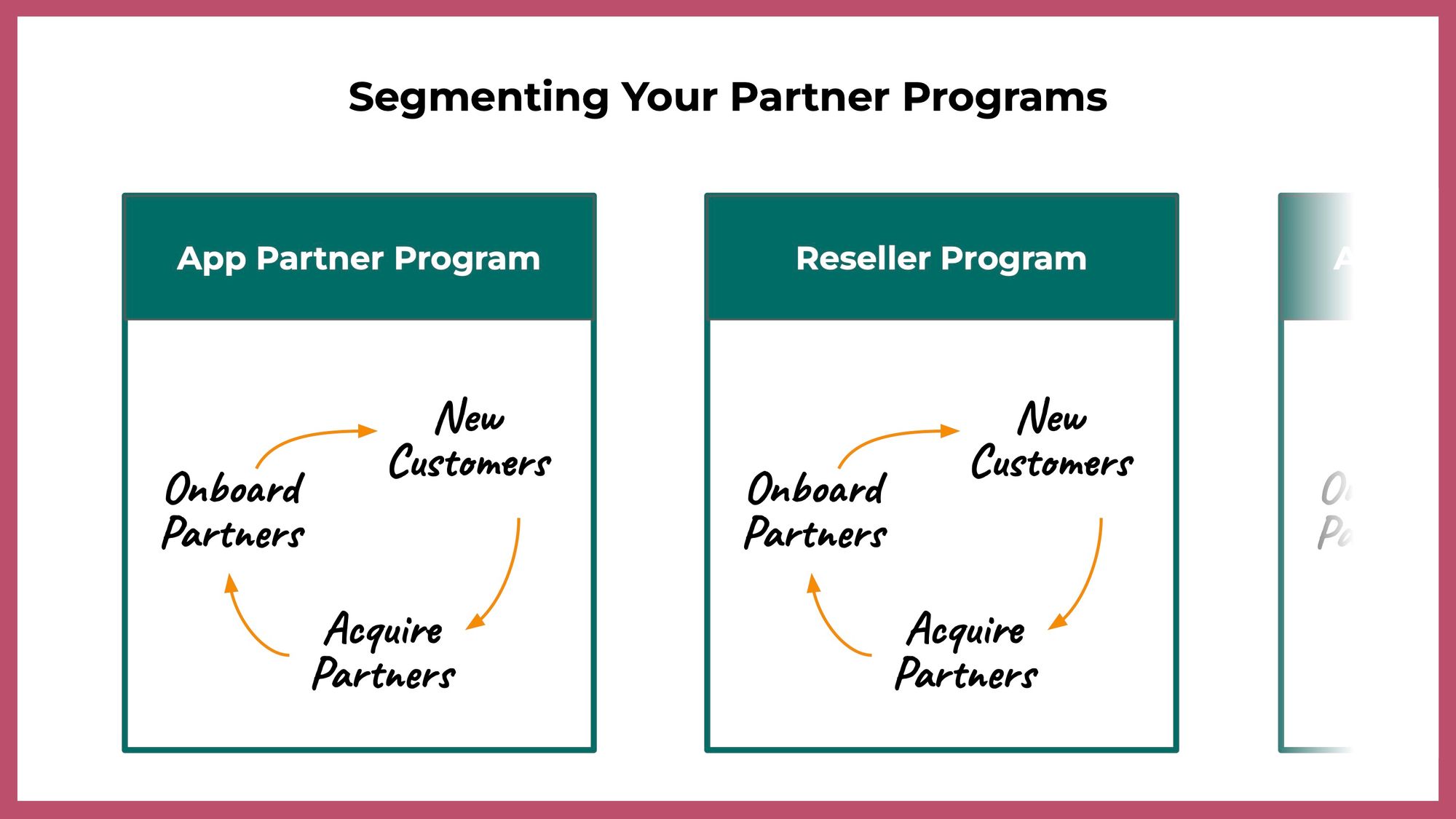
It also helps to segment your partners within each program. For example, you may have partners that serve large merchants who need technical support or higher API rate limits. You may have to help them with additional resources or risk driving them away.
Case Study: The AppStore

Apple's AppStore is one of the most successful partner programs with some incredibly strong network effects. The AppStore is where 1000's of developers come to build apps for millions of iOS users.
I highly recommend watching the video where Steve Jobs announces the AppStore.
The AppStore product
Here were the key components of the AppStore at launch:
- A great core product - the iPhone
- Distribution - Reach the millions of iPhone users immediately
- Discovery - AppStore Top 50, categories for discovery
- Ease of operation - No credit card fees, no hosting fees, no marketing fees
And the proof is in the pudding – the AppStore is the best place to develop and distribute your app and the revenues collected on the AppStore roughly double those of the Play Store.
This is a growth loop that attracts the best developers –> which incentivises more users to iOS –> which further incentivises developers.
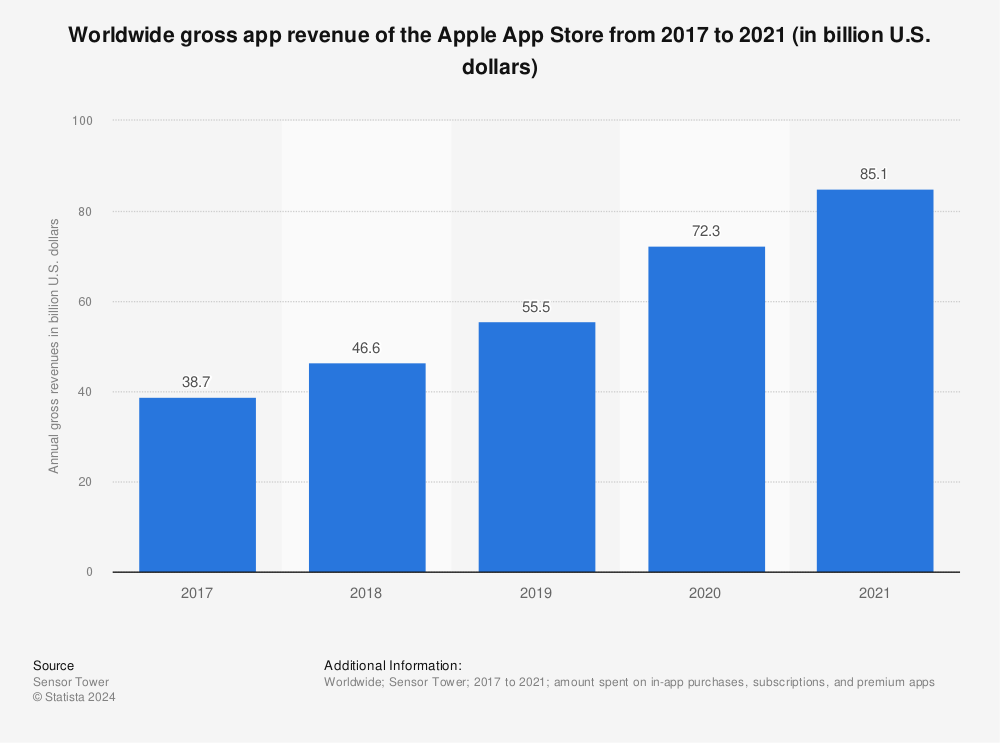
Iterating the AppStore
Apple continues to iterate and improve their partner product.
- Improved App Discovery through curated lists, featured apps, and app recommendations
- Better developer APIs and a deeper integration into iOS
- New features like AR support, ML support, notifications, etc.
Segmenting AppStore Partners
Apple has also segmented partner use cases and built specific features to help these partners succeed:
- Games with Apple Arcade
- Business apps with Apple for Work and Apple's enterprise sales team
- Payments with the Wallet App, and tap to pay
Hiring Your First Partner Manager
So the obvious question this raises is… should you hire a product manager as your first partner hire? My question back is - do product managers make great solo-founders?
Your first partner hire needs to do two things well:
- Build and iterate the partner product using common sense and partner feedback
- But more importantly, go out to recruit, convince and onboard partners to the program
A good fit might be a future startup CEO who is able to bring the partner program from 0 to 1. Someone who can bring together a product mindset, customer discovery and go-to-market skills.
Moving Fast
I want to clarify that I'm not advocating for a wealth of resources to launch your partner program.
At the beginning your partner program is no more than a growth experiment and should be treated as such. So being lightweight - which means spreadsheets, quick and dirty landing pages - is ideal.
It helps to pair the product mindset with moving quickly. Once you start getting traction is when you can consider investing more resources.
Thanks for reading this far, and I hope this was helpful. I wrote this post primarily to help myself, and crystallise my personal thoughts around successful partner program.
If you have questions or are curious to learn more, feel free to hit me up on LinkedIn or Twitter. 👋
You can also follow me or hit subscribe to keep in touch. I write regularly about growth, marketing, and partnerships in tech and fintech.

